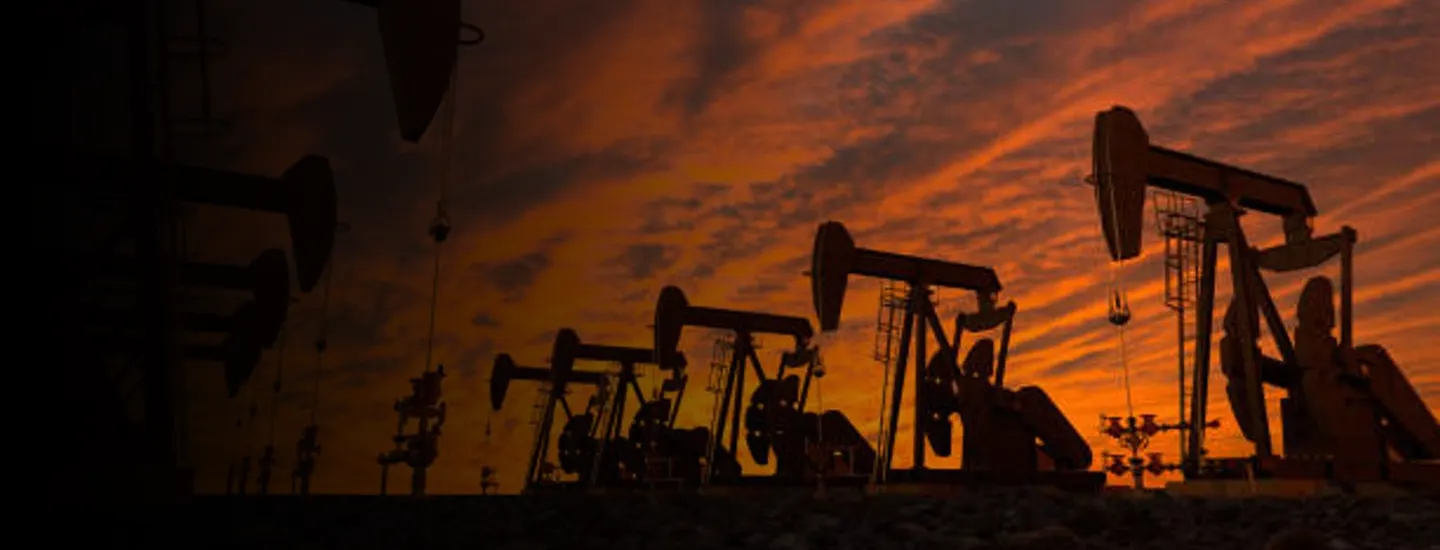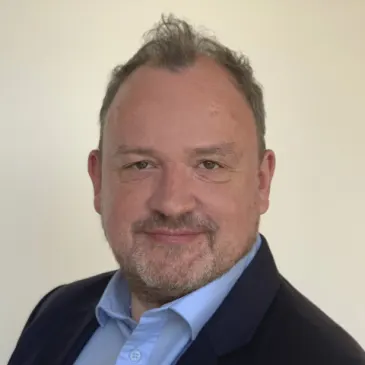At last week’s G7 summit environmental matters were high on the agenda. Despite the immediate impact of the pandemic, longer term concern about our impact on the planet remains. The world is on a committed path of profound change to address key climate and environmental risks.
For many companies at the core of the “old world” economy the challenges of transforming rapidly to “new world” assets is unprecedented and daunting. The clock is ticking and there is increasing pressure from a wide range of stakeholders to accelerate as demonstrated by Shell’s recent experiences in the Dutch courts.
This reminds me of the challenges many large banks found themselves facing at the time of the last global financial crisis. Alongside the core “good bank” – there to drive further investment and development of the business – there was a significant pool of “bad assets/non-strategic businesses” that would take years to fully work through and would be a drain on financial performance until their future (or otherwise) was resolved.
By separating into two distinct pools, it allowed the bank to bring in a management team, reporting and governance entirely focused on active management of the bad. Specialists in their field, they could be fully dedicated to achieving the best solutions for run-down of this part of the portfolio. Conversely, those leading the “good bank” had their minds focused on businesses that were staying and were to be grown. By reporting good and bad separately, investors had greater clarity on the performance of the future state of the company and not a “hard to unpick” mixed view of the entity today.
Helen Thomas’ article in the FT is thought provoking. It highlights the risks companies face with regard to stranded assets. As my colleague Sonja Stuchtey wrote back in March, there is a growing risk of write downs and downgrades in valuation for many business and failure to provide realistic and transparent valuations may lead to unwanted regulatory intervention.
As the transition to net zero accelerates, more and more assets will become “stranded”. This won’t be limited to oil, gas and coal left in the ground, it will include assets with no natural owner from the point of view of the markets and the planet. This could include mines, associated rail and port infrastructure or oil and gas production, or indeed, anything that is considered harmful to the environment or society as whole.
It will be an increasingly complex conundrum for businesses and it may be that the banks' experiences post-GFC may present a path forward.

